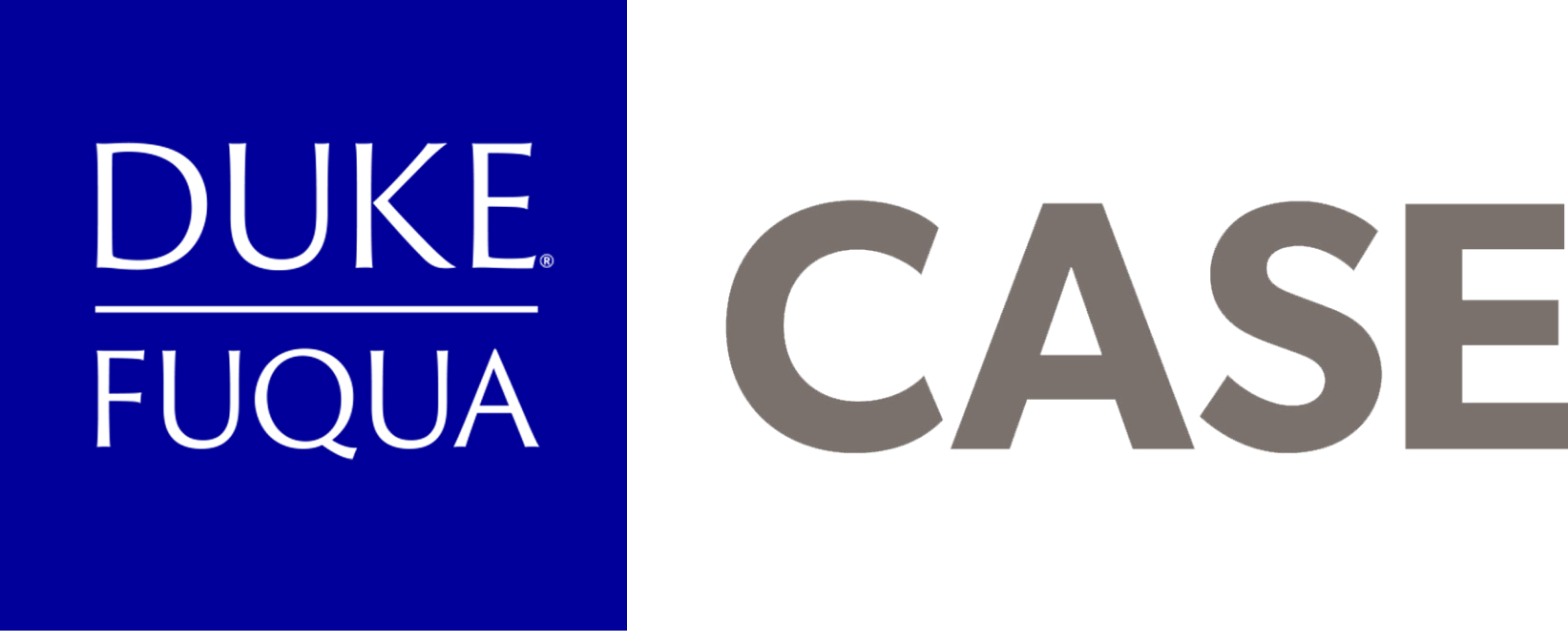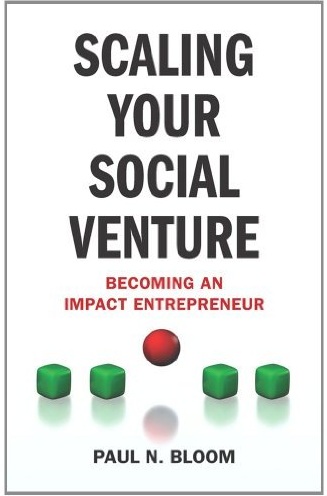This article was originally published in August 2012 on the Harvard Business Review blog and is being reprinted with their permission. The post is written by CASE professor Paul Bloom. Paul’s new book, Scaling Your Social Venture: Becoming an Impact Entrepreneur, was just published by Palgrave Macmillan.
Although scaling is the holy grail for most social entrepreneurs, not everyone should attempt it.
In a previous post, I outlined the key capabilities I’ve found to be present in the social ventures that are able to reach sizeable impact (which can be remembered with the acronym SCALERS—they are Staffing, Communicating, Alliance-Building, Lobbying, Earnings-Generation, Replicating, and Stimulating Market Forces). Before a social entrepreneur gets to work building those capabilities, however, it makes sense to ask the question: Is this venture really ready to scale?
Readiness for scaling first means having a program or idea that succeeds logically. In the language of social innovation, it must have a well-thought-out “theory of change” (or “logic model”). If you have an innovative job-training program, for example, it must be clear why participants stay in the program, how it helps them acquire jobs upon graduating, and what promise it holds for improving the quality of their lives. The pathway to the desired benefit is not always straightforward. Perhaps the neighborhood that is served by the program will experience lower crime rates or reduced use of drugs and alcohol. The theory of change diagrams the inputs, activities, outputs, outcomes, and impacts in a way that shows the pathway has been well mapped.
Readiness also depends, however, on being able to point to success in practice. Once your theory of change has been mapped, you need to search for objective evidence that the positive effects that seem to be materializing from your initiatives are clearly being caused by your actions and not by everything else in the world. This can be extremely difficult, but unless you have this evidence you are not going to get very far in persuading providers of financial capital to support you.
How do you gather hard evidence of effectiveness? The gold standard is the “randomized controlled trial,” which involves conducting research that parallels what is done in testing the safety and efficacy of a new drug. People are randomly assigned to receive your program, while others are randomly assigned to be “controls,” and impacts on the two groups are compared. But if a randomized, controlled trial is not feasible, it can be acceptable to conduct less expensive studies that (1) do matching of groups with similar profiles, with one getting the intervention and the other not, or (2) look at before-after changes.
World Bicycle Relief has used both of these approaches to evaluate its programs to distribute basic, functional bicycles in poor African countries. For example, it conducted one study comparing two matched districts of the Northern Province of Zambia: Mpika and Mbala. Bicycles were distributed to caregivers of HIV/AIDS patients and to youth-headed households in Mpika, with Mbala serving as a control for the 8-month study. Results indicated that caregivers could serve more people and were more likely to continue in this role, while youths were more likely to attend school. In another study, they tracked school attendance over time in five schools in Zambia where all students received bikes, finding that school attendance improved from 68% to 90% in a four-month period. These data have helped them scale.
Assuming you have evidence of effectiveness, you then must consider whether you have the minimal resources and capabilities required to launch a serious attempt to scale. You need to assess your human, social, political, financial, technological, and natural-resource capital, as well as your access to key markets, to see if shortcomings in any of these areas might seriously impede scaling. You also need to consider each of the seven capabilities noted above (i.e., Staffing, Communicating, etc.) and judge the extent to which these organizational capabilities already exist and whether they have a good likelihood of being developed.
The history of social venturing is filled with examples of organizations that were very successful in operating on a small scale, but that held back trying to scale for as long as decades because they did not feel they had the evidence, resources, and capabilities to support scaling. Well-known operations like Bill Strickland’s Manchester Bidwell Corporation in Pittsburgh and Paul Farmer’s Partners in Health in Haiti really did not make serious attempts to scale until they were well-established in a limited geographic market. Although Strickland had a very effective job-training program he started in Pittsburgh in 1968, the human and financial resources needed to scale did not appear to be there until 2003, when replication attempts were commenced through a new National Center for Arts and Technology. And Farmer’s treatment program for infectious diseases like HIV/AIDS and TB began saving lives in Haiti in 1987 and moved on to Peru in 1994, but it was not rolled out to Russia and Africa until after the year 2000, when the resources needed for maintaining quality control in health-care delivery in these other localities could be accumulated.
More recent examples of not feeling ready to scale can be found in Libraries Across Africa, Fenix International, and Coach for College. At this writing, all three of these organizations have launched programs that have accumulated seed funding or won competitions. Libraries Across Africa seeks to empower Africans and improve their lives by providing reading material, Internet access, and technology training. Fenix International has developed the ReadySet battery that can be charged by a mini-solar panel or by riding a stationary bicycle. Coach for College brings U.S. Intercollegiate athletes to Vietnam for three-week summer sessions that teach middle-school children about sports, study habits, and potential college opportunities.
All three of these programs have yet to obtain the evaluation results that clearly show they can produce social impact. And they have not built their earnings-generation capabilities enough to signal that they will not always be completely dependent on philanthropic donations. Once they are able to provide that “proof of concept,” there will be no holding them back. They’ll be ready to scale.

